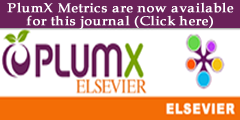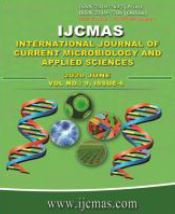


 National Academy of Agricultural Sciences (NAAS)
National Academy of Agricultural Sciences (NAAS)

|
PRINT ISSN : 2319-7692
Online ISSN : 2319-7706 Issues : 12 per year Publisher : Excellent Publishers Email : editorijcmas@gmail.com / submit@ijcmas.com Editor-in-chief: Dr.M.Prakash Index Copernicus ICV 2018: 95.39 NAAS RATING 2020: 5.38 |
The field Experiments was conducted at Dabok village, block- Mavli, District, Udaipur, Rajasthan, during 2016-17 on Indian mustard (Brassica juncea) variety NRCDR-2. Eight treatments including untreated control plot were evaluated in randomized block design with three replications. Different modules which consist of either both biopesticides or both insecticide or one biopesticides and another is insecticide were evaluated against mustard aphid Lipaphis erysimi (Kaltenbach), the results revealed that all the treatments were found significantly effective at different time intervals at each spray in reducing the infestation of Mustard aphid, L. erysimi and thus increasing the yield significantly as compared to untreated control plots. The mean of initial mustard aphid population were found on top 10 cm apical twigs/plot ranged from 105.82 to 108.28 aphids before the spray and did not differ significantly The module 4 consisting of first spray with imidacloprid 17.8 SL @ 20g a.i./ha. and second also with imidacloprid 17.8 SL @ 20g a.i./ha. was found most effective treatment with minimum number of aphids and it was significantly superior over rest of the treatments. It is followed with the module 2 consist of first spray with acetamiprid 20 % SP @0.037% and second also with acetamiprid 20 % SP @0.037%) and module 7 consist of first spray with dimethoate 30EC @ 300g a.i./ha and second sparay with dimethoate 30EC @ 300g a.i./ha (1 lit/ha.) was found most effective treatment in reducing the aphids population. The highest yield (16.03 q/ha) with high cost benefit ratio (1:9.64) was also recorded in module 4 consisting of first spray with imidacloprid 17.8 SL @ 20g a.i./ha. and second also with imidacloprid 17.8 SL @ 20g a.i./ha.
 |
 |
 |
 |
 |